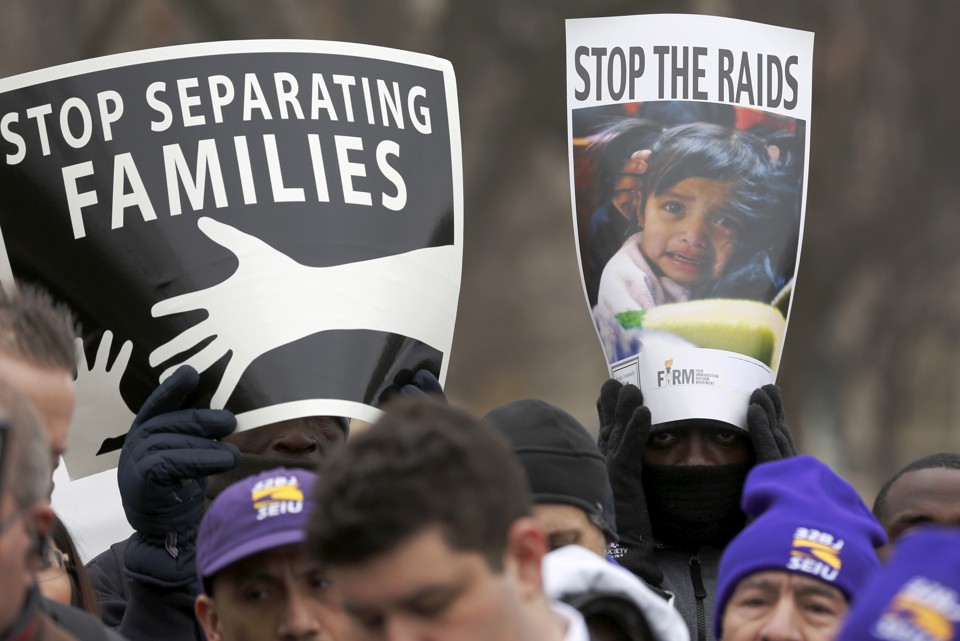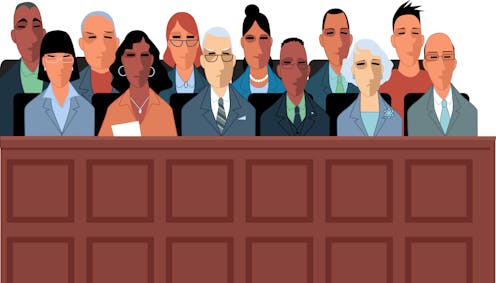
In In re Personal Restraint of Sandoval, the WA Supreme Court held that it was improper for the prosecutor to refer to the defendant as an “OG” (original gangster) in closing argument, where no one testified that simply being a longtime gang member was sufficient for “OG” status.
BACKGROUND FACTS
Mr. Sandoval is a member of the Eastside Lokotes Surefios (ELS) gang in Tacoma.
On February 7, 2010, ELS members, in a stolen van, pulled up to a car and fired no less
than 12 gunshots from at least two firearms into the passenger door of the car. The
driver, Camilla Love, was hit three times and died from her injuries.
Sandoval was arrested in September 2010. The State ultimately charged Sandoval
with three counts: first degree murder (by extreme indifference) of Camilla Love (count
I), first degree assault of Joshua Love (count 2), and conspiracy to commit first degree murder (count 3). The other ELS members involved in the shooting were similarly
charged. They were tried along with Sandoval in the same proceeding, but pleaded guilty
after the prosecution rested in exchange for reduced charges. Only Sandoval took his
case to the jury.
During trial, the Prosecutor presented evidence indicating that Sandoval was a longtime ELS member. Sandoval concedes this. Evidence was also presented that OGs have elevated status. The trial court found this evidence sufficient to support a reasonable inference that
Sandoval was an OG.
Later, the jury ultimately convicted Sandoval as charged. The court sentenced Sandoval to a total sentence of 904 months of confinement. The ELS members who pleaded guilty received reduced charges.
Sandoval appealed. Among other issues on appeal, he argued that comments made by the prosecutor during rebuttal closing argument constituted misconduct and that this misconduct violated his constitutional right to a fair trial.
COURT’S ANALYSIS & CONCLUSIONS
- The Prosecutor’s “OG” References were Improper But Did Not Prejudice
Sandoval.
The court explained that in order to make a successful claim of prosecutor misconduct, the defense must establish that the prosecuting attorney’s conduct was both improper and prejudicial. To be prejudicial, a substantial likelihood must exist that the misconduct affected the jury’s verdict. The Court further reasoned that when a defendant objects to an allegedly improper comment, it evaluates the trial court’s ruling for an abuse of discretion. Failure to object to an allegedly improper remark constitutes waiver unless the remark is so flagrant and ill-intentioned that it evinces an enduring and resulting prejudice that could not have been neutralized by an admonition to the jury.
“While some of the prosecutor’s comments were improper, Sandoval fails to demonstrate prejudice,” said the Court. The Supreme Court agreed that the prosecutor’s repeated references to Sandoval being an “OG” during his rebuttal closing argument was an improper attempt to embellish Sandoval’s culpability to the jury because the inference was not reasonably supported by the record.
“But no one testified that simply being a longtime gang member was sufficient for OG status,” said the Court. The court reasoned that although a witness testified that an OG was one of the older original members of the gang, the witness did not identify Sandoval as such, instead naming older gang members who were incarcerated at the time of the Love shooting. “Thus, the evidence presented at trial was insufficient for the prosecutor to reasonably infer that Sandoval was an OG,” said the Court. “As a result, the OG comments were improper.”
Nevertheless, the Supreme Court also reasoned that the prejudice generated from such comments is negligible. Sandoval freely admitted he needed to be involved in the attack, attended planning meetings for the attack, and voluntarily assisted a co-defendant in searching out a target and keeping an eye on police that evening. “Given these admissions, it is not substantially likely that the jury’s mistaken belief that Sandoval may have been an OG would have affected the outcome in this case. “This claim has no merit,” said the Court.
2. The Prosecutor’s Racial Comments Were Not Improper.
Here, Sandoval claimed that the prosecutor improperly distinguished between the
gang status of Asian/Pacific Islanders and Latinos during rebuttal closing argument.
The Supreme Court explained that it is improper and a Sixth Amendment violation for a
prosecutor to “flagrantly or apparently intentionally appeals to racial bias in a way that
undermines the defendant’s credibility or the presumption of innocence.”
The court explained that when racial bias is implicated, the normal prejudicial standard for prosecutorial misconduct is elevated. To avoid a constitutional violation from prosecutorial misconduct based on comments appealing to racial bias, the State must demonstrate that the misconduct did not affect the verdict “beyond a reasonable doubt.”
“However, this heightened standard does not apply every time a prosecutor mentions
race,” said the Court. “It applies only when a prosecutor mentions race in an effort to appeal to a juror’s potential racial bias, i.e., to support assertions based on stereotypes rather than evidence.”
The Supreme Court reasoned that here, the prosecutor referred to Asian/Pacific Islanders one time and did so to explain the hierarchy of the ELS membership; that is, only Latinos such as Sandoval could be full-fledged members.
The Supreme Court further reasoned that Sandoval, rather than the State, has the burden of demonstrating that the prosecutor’s comment regarding the role of Asian/Pacific Islanders was improper and prejudicial, and he fails to do so. The trial court did not err when it held that the prosecutor’s statement about gang hierarchy was a reasonable inference based on all the testimony that came out at trial.
“It is not substantially likely that any alleged improper comments by the prosecutor
prejudiced Sandoval,” said the Supreme Court. “This claim has no merit.”
With that, the Supreme Court upheld Sandoval’s conviction and sentence.
My opinion? Prosecutors are bound by a sets of rules which outline fair and dispassionate conduct, especially during trial. Generally, prosecutorial misconduct is an illegal act or failing to act, on the part of a prosecutor, especially an attempt to sway the jury to wrongly convict a defendant or to impose a harsher than appropriate punishment. If prosecutors break these rules, then misconduct might have happened.
Please contact my office if you, a friend or family member are charged with a crime. Hiring an effective and competent defense attorney is the first and best step toward justice.















